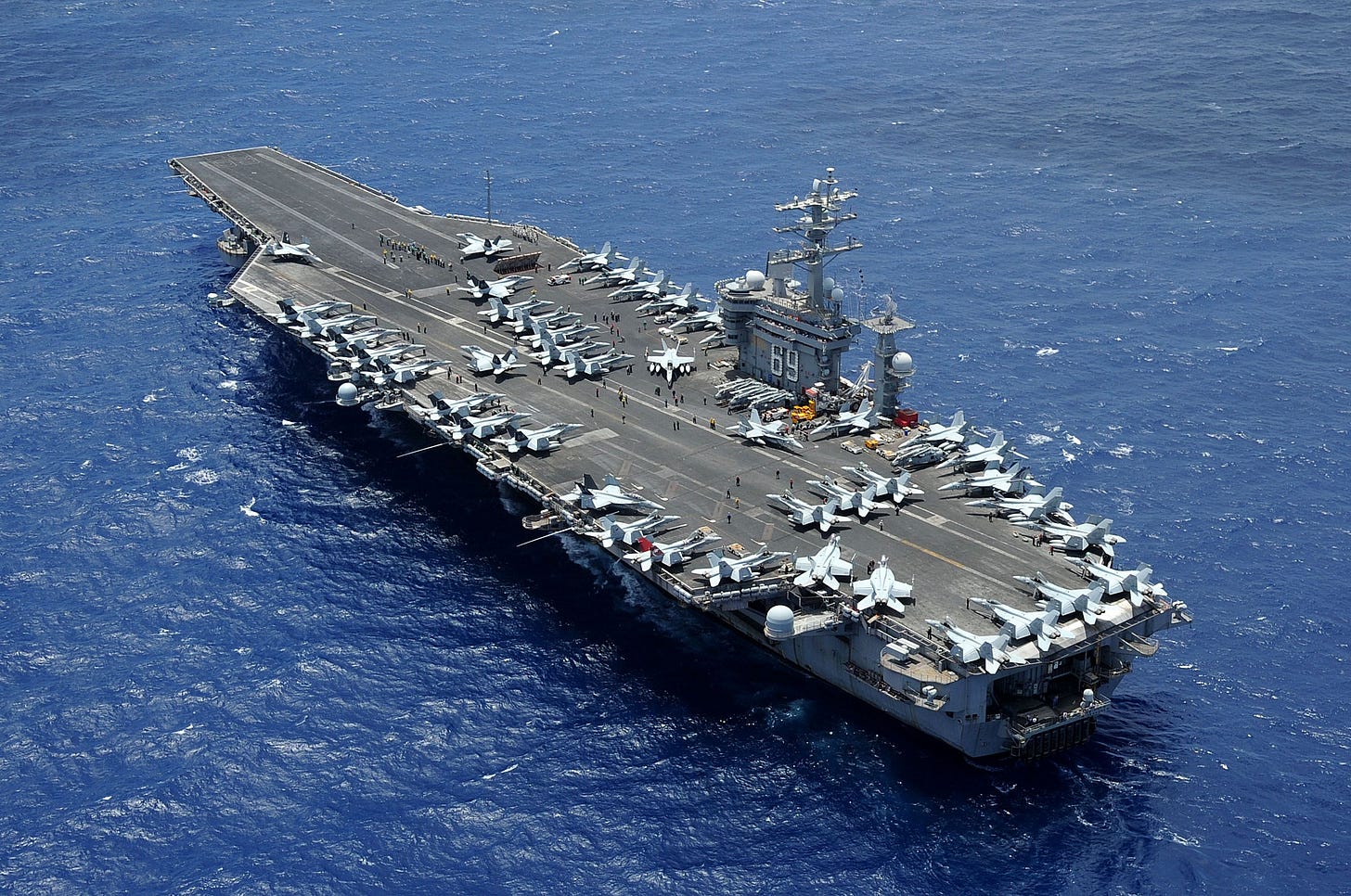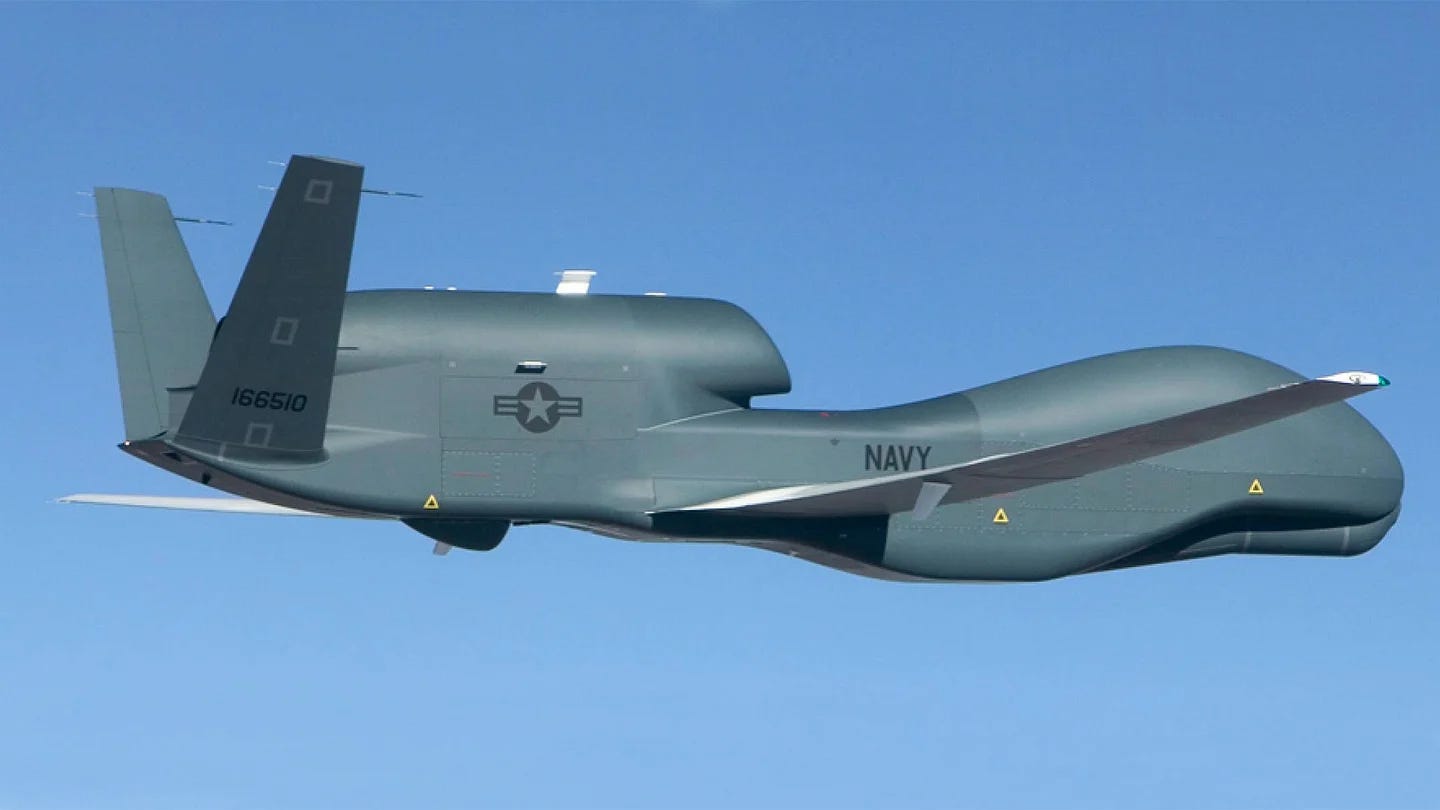Notwithstanding the abundant evidence to the contrary that has emerged over the past several years, most westerners, and Americans in particular, continue to deride Iran as a backward nation of mindless fanatics.
The idea that Iran could pose any credible threat to the American military, its incomparable weaponry, and its mighty warriors ... well, it is dismissed as an absurd notion by almost anyone sufficiently pretentious to speak authoritatively of such things — most of whom could not come within 1000 miles of locating Iran on an unmarked world map.
Few understand what it means to be among the few extant "civilizational powers" — nations such as Iran, China, and Russia — that have somehow managed to retain for millennia both their ancestral geographical integrity and cultural cohesion.
Iran is indisputably the most underestimated of the “civilizational powers”. This is partly a byproduct of recency bias, given that the people the Greeks popularized as “Persians” have recently passed through a civilizational nadir of sorts.
But Iran (the ancient name of the region — The Land of the Aryans) has been rapidly ascendant in recent times, accelerating in the 21st century, and has now become the dominant power in the Persian Gulf region.
Iranians are an intelligent, resourceful, and justifiably proud people with a long and impressive history.
They had been subjected to various forms of western hegemony for many years, against which they decisively rebelled in the late 1970s. Then they became the target of a western proxy war for most of the next decade. But having defeated Saddam Hussein’s Iraq at great cost, Iran began in the 1990s to rebuild with a focus on developing asymmetrical means to defend itself against the seemingly invincible American military juggernaut.
And now, at the end of a quarter-century of concerted effort and impressive ingenuity, Iran has made itself into a missile and drone power, capable of not only defending itself against local air and naval threats, but also of projecting potent strike power far beyond its own borders.
It has now been almost five years since an Iranian domestically produced S-300 variant anti-aircraft missile shot down what was theretofore believed to be a largely invulnerable American RQ-4 surveillance drone.
It has now been almost four years since the Iranians, in response to the American assassination of their beloved General Qasem Soleimani, dropped about twenty large-warhead ballistic missiles with high accuracy against very specific targets at the American Ayn al-Asad airbase in Iraq.
For those who still entertain doubts about Iranian missile capability, I strongly recommend viewing this declassified video clip released by CENTCOM:
Bear in mind that the Iranians chivalrously gave the Americans several hours advance notice of the strike in order to minimize human losses. And despite the generous advance warning, US air defenses were incapable of interdicting the attack.
Of course, many will reflexively reply, “Yeah, but that was against static targets. They could never hit an aircraft carrier cruising in the Persian Gulf.”
To which I reply, “Underestimate Iran at your peril.”
FYI: Over the life of this blog, several generous people have honored me with voluntary blog subscriptions and tips. But I have never required a paid subscription to read my stuff. And I never will. Everyone will always be able to read everything I write.
That said, I earmark all donations for the Schryver Family Road Trip Fund. You have thereby helped me, a few times each year, fill up both tanks on my 1997 Ford F-350, pay for two hotel nights + a pizza for the boys, and a take out dinner for me and my wife — for which I express my genuine gratitude. I hope my writing has been informative in some small manner and aided you in your quest to understand our crazy world a little better.
— Will Schryver







